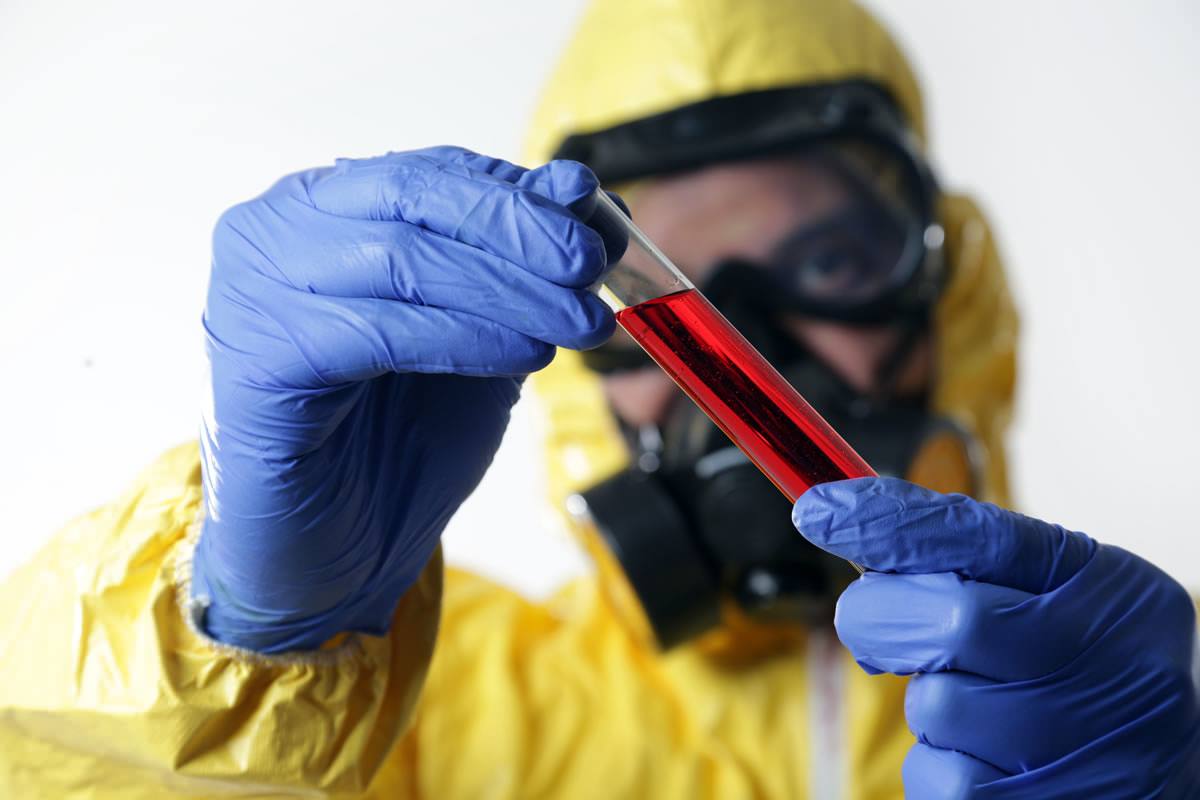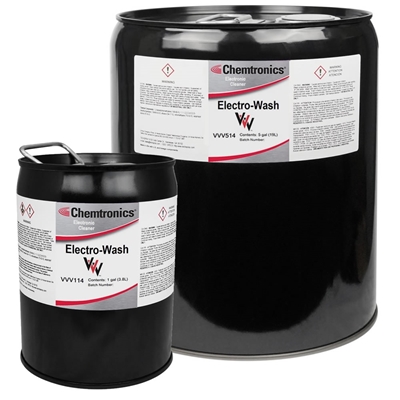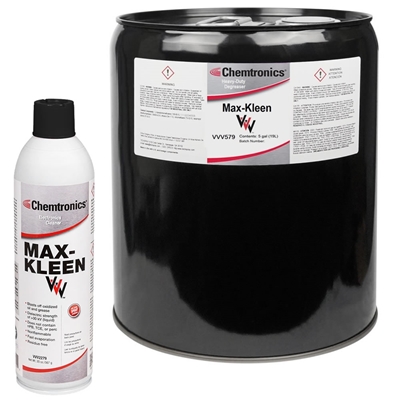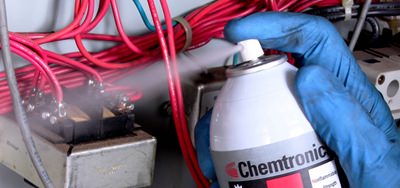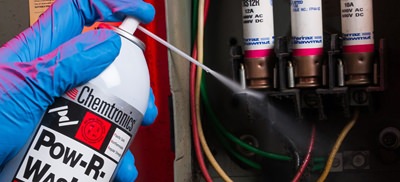I’m going to discuss toxicity issues with some classes of solvent cleaners, and how you can make the best decisions to keep your workers safe and healthy.
There is increased interest in this topic because of the EPA’s recent statement on n-propyl bromide, which is also called nPB or 1-bromopropane. In an August 2020 report, the EPA stated nPB “presents an unreasonable risk for 16 conditions of use.” Those conditions include:
- Aerosol degreasers
- Vapor degreasers
- Cold cleaners
- Industrial and consumer degreasers
- Automotive degreasers
The EPA has 2-years from this statement to establish requirements and restrictions.
Why does the EPA have a problem with n-propyl bromide?
nPB is a toxic chemical commonly used in industrial applications as aerosol cleaners, in vapor degreasers, ultrasonic cleaning equipment, and immersion cleaning. It is commonly used as a cleaner because it is nonflammable, has high solvency, and is relatively inexpensive.
Along with a few other solvents commonly used in industrial settings, like trichloroethylene known as TCE and perchloroethylene known as Perc, nPB has been shown through a number of studies to cause negative health effects when exposure is too high. Those negative health effects can include:
- Impairment or loss of cognitive function
- Temporary or even permanent memory loss
- Negative reproductive effects
- Cancer
One easy way to spot a potential problem like this in your facility is to review the label or Safety Data Sheet (or SDS). If you see this symbol (see fig. 1), you have a product that contains a chemical with high chronic toxicity. That means it could cause health problems over time. If you see this symbol, look closely at the ingredients, warnings, and recommendations.
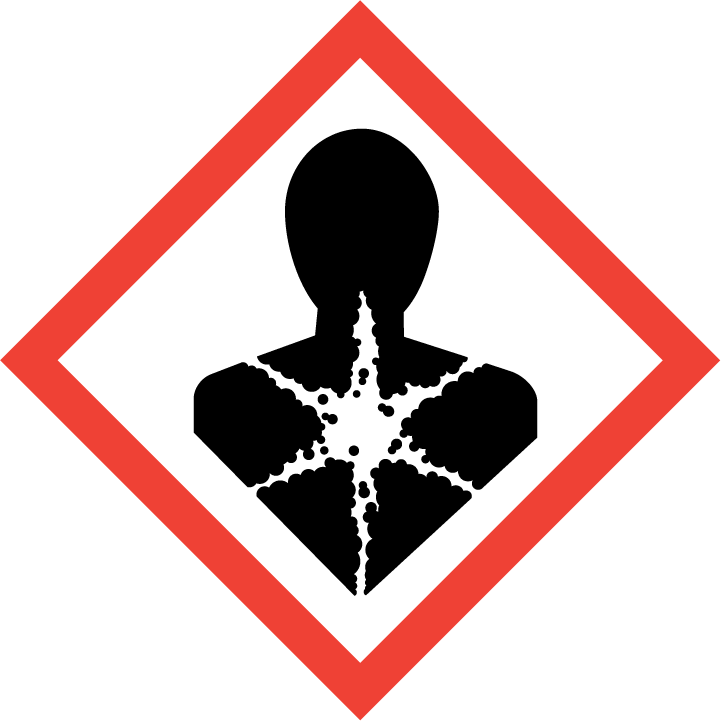
How do you know the safe exposure limit of a particular industrial solvent?
The personal hazard associated with a solvent is often defined using Threshold Limit Value (TLV), which is the recommended average exposure in an 8-hour day, 40 hour work week. The lower the TLV of a particular substance, the less a worker can be exposed to without harmful effects.
TLV is stated on the SDS of chemical products, in additional to recommended personal protection equipment (or PPE).
The threshold limit value of a solvent is generally set by the American Conference of Governmental Industrial Hygienists (ACGIH). The unit of measure is Parts Per Million (PPM). This is an extremely small and precise unit of measure. To put into perspective, if this tennis ball is a part, a million would fill a tennis ball almost 3 stories high!
In the case of nPB, exposure needs to be controlled down to one tenth of a PPM (per the ACGIH), which is difficult to maintain even with the best of equipment.
Is there a way to reduce exposure?
Every organization using hazardous chemicals within their facility has the responsibility to equip their facility and personnel to maintain exposure levels below the TLV. Personal monitoring badges can be used to measure exposure of a specific material.
Then, depending on the threshold limit and the application, exposure can be controlled with PPE like masks, face shields, respirators, and even coveralls. If they don’t reduce exposure below the recommended limit, you will need to consider a special ventilation hood or even containment booth.
As you can see, as the exposure limit gets down to a certain level, the equipment required to safely use the solvent can get impractical. At that point, your best option is to consider a safer alternative, for example Tri-V High Performance Cleaning Solvents from Chemtronics.
To summarize, n-propyle bromide has been shown to cause a large number of health problems. Threshold limit value has been set well what cannot be practically contained. The EPA has stated unequivocally that nPB should not be used for degreasing of any kind.
The onus is on the organizations using solvents to select products carefully, and equip their users to safely handle the chemicals. The lack of such knowledge and control can lead to employee ill health, downtime, and potential liability, no matter what the legal standing of a particular chemical.
Contact Chemtronics for help identifying the products of concern, and then we can guide you through selecting and qualifying ideal replacements.

